Projects
We are primarily interested in developing radiative transfer models for the emission of galaxies and active galactic nuclei (AGN) over most of the electromagnetic spectrum and the application of these models in order to answer fundamental questions about the formation and evolution of galaxies. We are also interested in parallel and distributed computing which allows us to continuously improve the sophistication of the models and make their comparison with data easier.
Our expertise in this area has allowed us to get involved in a number of projects such as:
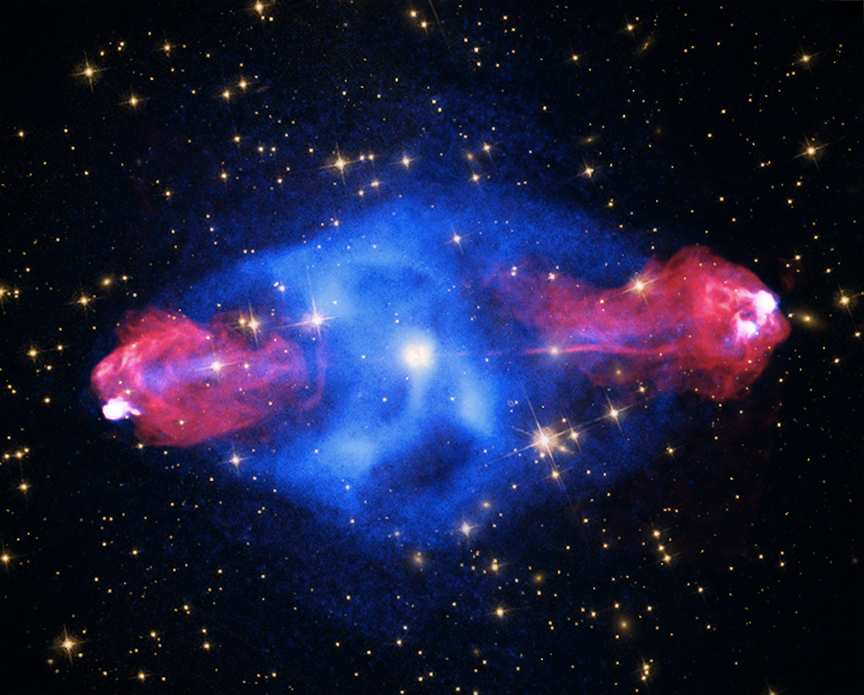
In CYGNUS+ (Further development of CYprus models for Galaxies and their NUclear Spectra we will develop further the CYGNUS model and the method of SED fitting and use it to fit the panchromatic SEDs of galaxies with excellent photometric and spectroscopic coverage in order to derive physical quantities such as stellar mass, star formation rate, starburst timescale, AGN fraction, dust masses etc. Additionally, we will further develop the CAFE-NG code based on Marshall et al (2007, 2018) and compare the results of fitting the same set of data with both CYGNUS and CAFE-NG. In particular, we will parallelize two more of our radiative transfer codes, namely the code that calculates the emission of a disk galaxy and the code that calculates the emission of an active galactic nucleus (AGN) torus. We will then use these codes to generate large grids of models and fit a large sample of galaxies. We also propose to develop further our SED fitting method. The most important development will be the coupling of the MCMC code with a Machine Learning algorithm which will significantly improve the speed of the SED fitting and retrieval of key parameters of the galaxies. CYNGUS+ is funded by European Space Agency (ESA) under PECS; Contract No. 4000139319/22/NL/SC/rp. The project duration is 2022-2024.
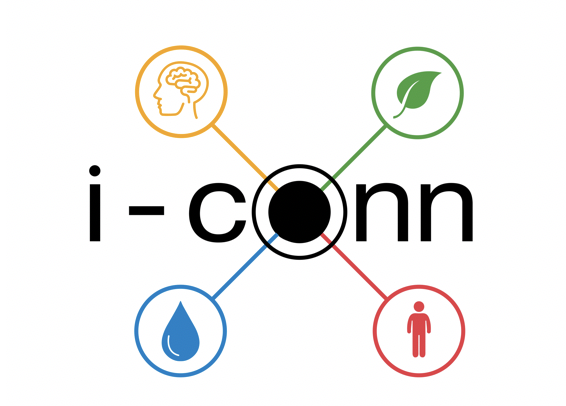
i-CONN
The goal of i-CONN is to train a new cohort of researchers specialized in the developing field of Connectivity Science who will be capable of developing interdisciplinary approaches to connectivity across a range of disciplines and real-life applications in the next five to 10 years..

GRATOS
GRATOS brings together experts from diverse scientific domains, with experts on Graph Theory and Discrete Mathematics and related theories under a joint research collaboration for the further exploitation, improvement and development of Graph Theoretical tools.

Through the CYGNUS project, we will develop further the CYGNUS models, develop a new method for fitting them to data using a Markov Chain Monte Carlo (MCMC) code and test the method with a large sample of galaxies with excellent photometry and infrared spectrophotometry from Spitzer. This will improve our ability to network with international collaborators and enable us to consolidate our position as one of the leading groups in the world in the development of radiative transfer models of galaxies and SED (Spectral Energy Distribution) fitting.
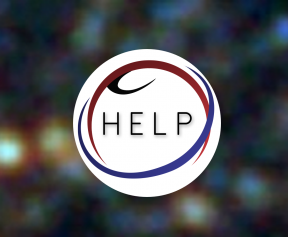
HELP
The Herschel Extragalactic Legacy Project (HELP) intends to produce a multi-wavelength, comprehensive data set of the galaxy population at high redshift. HELP is a European Commission Research Executive Agency funded project under the SP1-Cooperation, Collaborative project, Small or medium-scale focused research project, FP7-SPACE-2013-1 scheme.
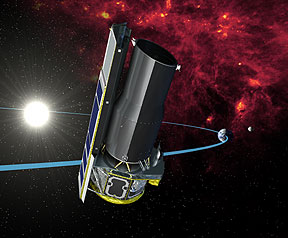
SWIRE
SWIRE is the Spitzer Wide-area InfraRed Extragalactic Legacy Survey. SWIRE is the largest of six Legacy Surveys being carried out for the benefit of the astronomical community by teams selected by the Spitzer Science Center. SWIRE has imaged 49 square degrees of the sky (equivalent to the area covered by about 250 full moons), covering six different regions which have been carefully selected to be the best possible infrared fields for detecting faint infrared galaxies and quasars.
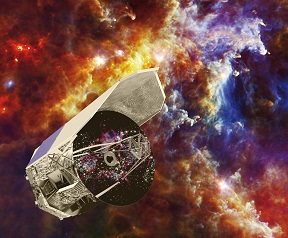
HERUS
he HERschel ULIRG Survey (HERUS) project carried out a survey of 40 local ultraluminous infrared galaxies (ULIRGs) with Herschel in both photometric and spectroscopic mode. The aim of the project is to understand the physics of these objects which are locally rare but very common at high redshift. The project is led by Duncan Farrah at Virginia Tech and involves scientists from 18 other universities and research centers around the world. One of the early results of HERUS was the discovery that the ULIRG IRAS 08572+3915 is about five times more luminous than thought so far and so it is probably the most luminous object in the local (z < 0.2) Universe (Efstathiou et al. 2014).
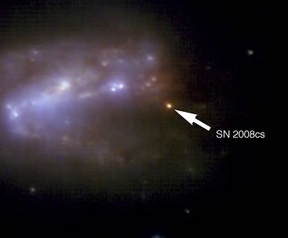
SUNBIRD
The Supernovae UNmasked By Infra-Red Detection (SUNBIRD) project aims to monitor a large sample of local luminous infrared galaxies (LIRGs) in the near-infrared using adaptive optics in order to discover obscured supernovae and therefore provide a more accurate estimate of the supernova rate and an independent estimate of the star formation rate in these objects. This project builds on earlier work by this international team of astrophysicists (e.g. Mattila et al 2012). The data on the LIRGs will also be of immense value to the community for understanding the dusty, starbursting galaxies at high redshift.
